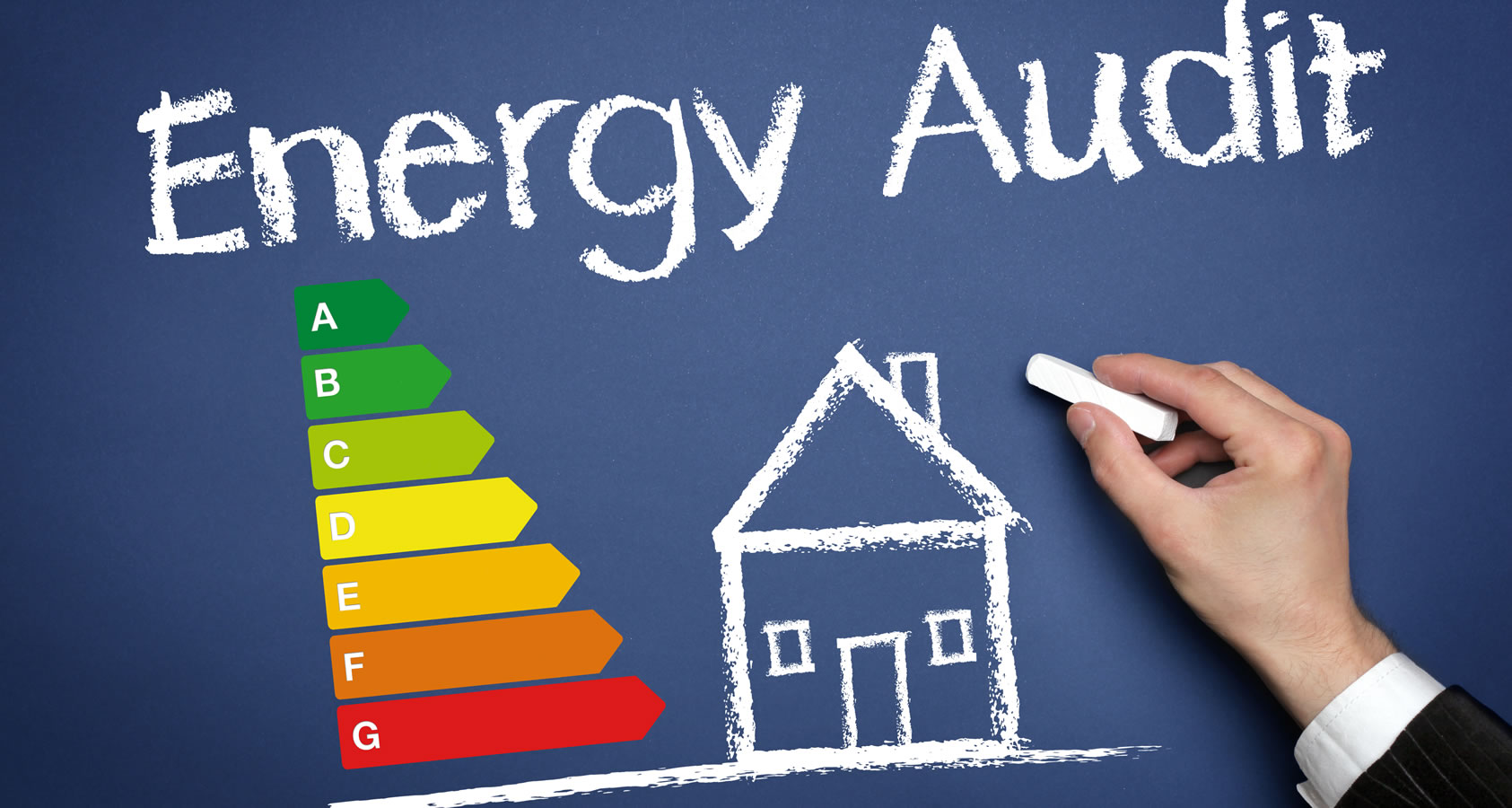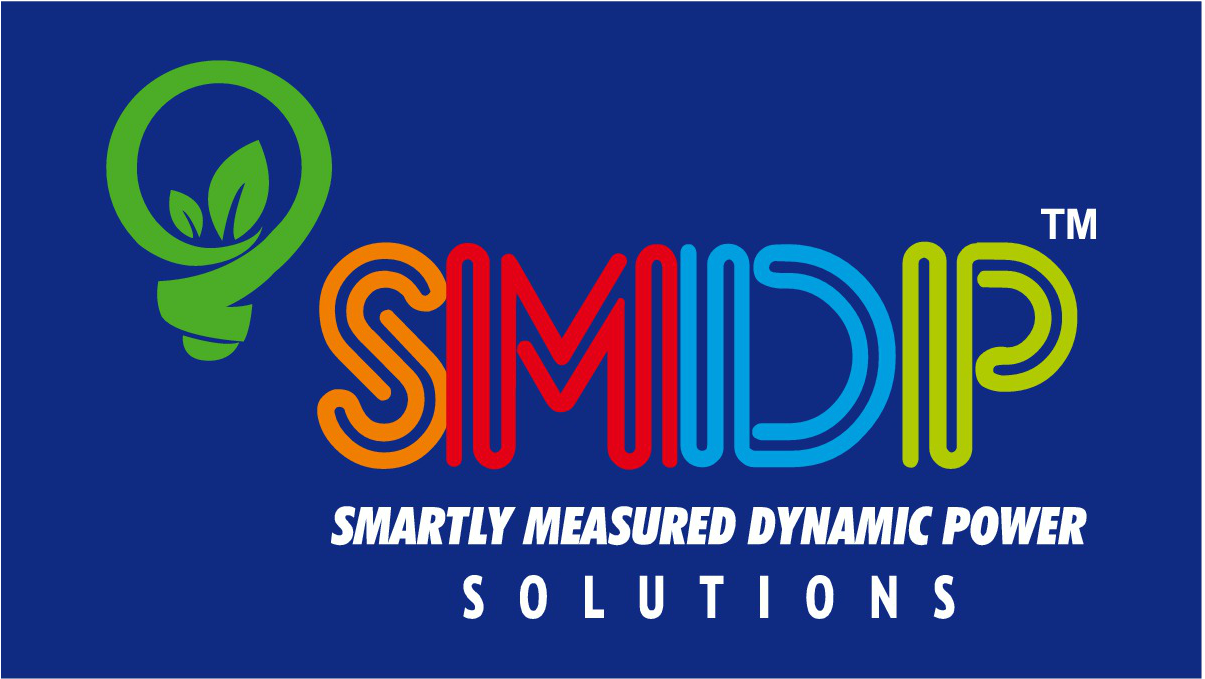HARMONIC ANALYSIS
Basics:
A harmonic is a component frequency of a harmonic motion of an electromagnetic wave that is an integral Multiply of the fundamental frequency.Harmonic frequencies are multiple of the fundamental frequency.Non-sinusoidal repetitive waveforms can be formed by a combination of sine-waves at harmonic frequencies.

Objectives:
- Investigate Suspected Harmonics Problems If Any.
- Aid in the Existing Design and Up gradation of capacitor or filter banks.
- Verify the Design and Installation of filter banks.
- Verify Compliance with utility harmonic Distortion requirements.
- To verify the trend of Harmonic Levels in the system according to the variation of load.
- Measurements will be taken with Capacitor Banks ON as well as Capacitors OFF.
Benefits of Harmonic Analysis:
Harmonic Analysis is required to get an overview of Harmonic Currents in Electrical System. Based on systematic analysis, most economical solutions can be worked out in Advance Nature :
- Filtering
- Detuning
- Active Filtration
- Blocking
- Tuning
- Effective Power Factor Improvement Design
ELECTRICAL SAFETY AUDITS
Electricity constitutes one of the major sources of ignition involving fire accidents and explosives in the industry and building, which carries hazardous operation and materials. With electricity having become an indispensable part of our life, electrical risks are to be managed effectively.

In process industries, fires due to electrical reasons are very probable, especially in industries that handle flammable chemicals. In service industries such as information technology, telecommunications, business interruption losses due to electrical hazards (fire in server room, damage of expensive communication equipment, loss of data, fire in cable gallery, etc.) could be substantial. Electrical Safety Audit will be carried out considering IS (Indian standard) guidelines, IE (Indian electricity) rules etc.
What you get with an Electrical Safety Audit?
-
- Preliminary review.
- Site survey and field measurements.
- Technical report.
OBJECTIVES OF THE SAFETY AUDIT
- Design, Install, implement and maintain facilities which control safety risks.
- Comply with statutory regulations and standards for controlling the risks.
- Train the personnel working at work place for safety aspects, safe behavior and effective use of equipment’s to avoid any incident/accident.
- Undertake reviews, analyze, evaluate and install optimum value available safety/ operational equipment’s for achieving the accident free operations economically.
- Comply with statutory regulations & regulation of OISD (Oil Industry Safety Directorate), Ministry of Petroleum and Natural Gas,New Delhi for safe operation.
METHODOLOGY ADOPTED FOR ELECTRICAL SAFETY AUDI
- Pre-Audit & Coordination Meeting
- Pre-Audit Questionnaire
- Physical Inspection
- Conducting Test and Measurement
- Discussion with Safety & Electrical personnel
- Examination & Review of Records/ Document
- Draft Report Preparation
- Review Meeting with Management
- Final Report Submission
ENERGY AUDITS
Energy Audit is the key to a systematic approach for decision making in the area of energy management. It attempts to balance the total energy inputs with it use, and serves to identify all the energy streams in a facility. Conservation of electricity is of prime importance for industrial growth.
Basics:
The preliminary audit involves interviews with Site operating personnel, review of facility Utility Bills and other operating data to identify any glaring areas of energy waste or inefficiency.
Typically only major problem areas will be covered during this type of audit. Corrective measures are briefly described and quick estimates of implementation cost, potential operating cost savings and simple payback periods are provided. A list of Energy Conservation measures requiring further consideration is also provided. This level of detail is adequate to prioritize energy efficiency projects and to determine the need for reduction of the Electricity Bill.
Any Process related and/ subsequent detailing is not covered in this type of Audit.

Types of Energy Audit Services
- Investment Grade Energy Audits (IGEA)
- Detailed Energy Audits (DEA)
- Mandatory Energy Audits (MEA) for Perform Achieve and Trade (PAT) Scheme
- Monitoring & Verification (M&V) Audits PAT M&V
- Energy Audit for Micro, Small and Medium Enterprise (MSMEs)
Objectives:
Power shortage hampers the economic growth of any state. Energy conservation is the cheapest and easiest and cleanest way of bridging the gap between demand and supply. It is estimated that energy conservation projects requires only one fifth of investment compared to the investment required for installation of new projects.
Methodology:
To carry out Electrical Audit and Condition Assessment and submit full report with recommendations.
List of equipment and / locations under the same activity are as per following:
- Metering Box
- Distribution Cables and Panels
- Sub Metering System
- Distribution Transformers
- Utilities
- Pumps, Motors and Drives
- Earthing Arrangements
- Harmonics & Thermograph
- Effect of Detuned Filters
- Effect of Active Filters
- Lighting System
- Heating System or Furnaces.

 WhatsApp us
WhatsApp us